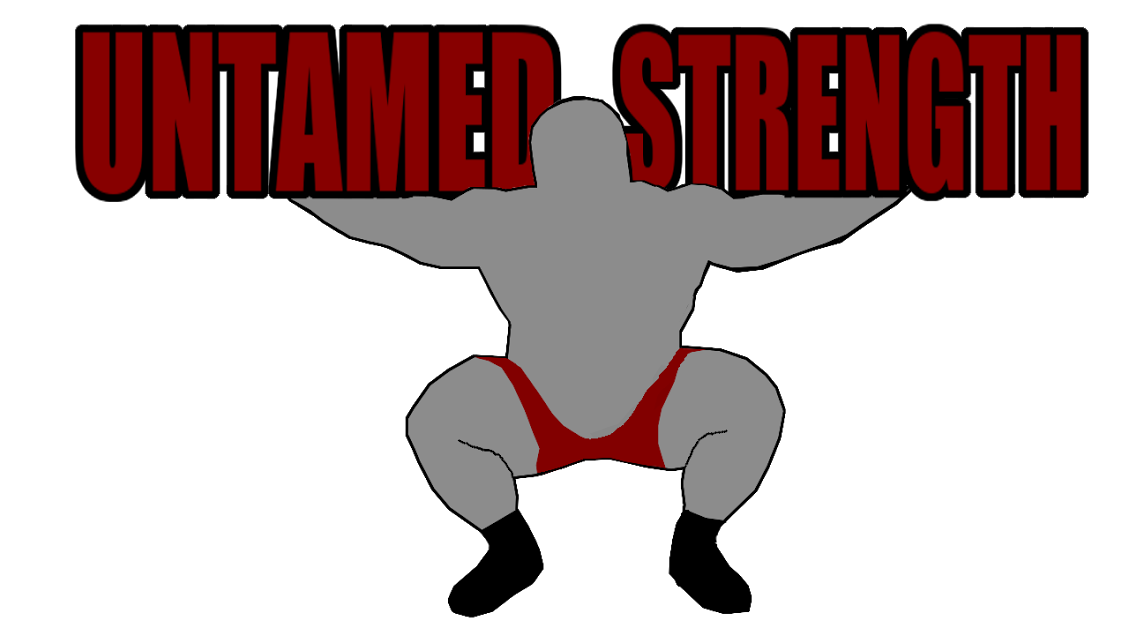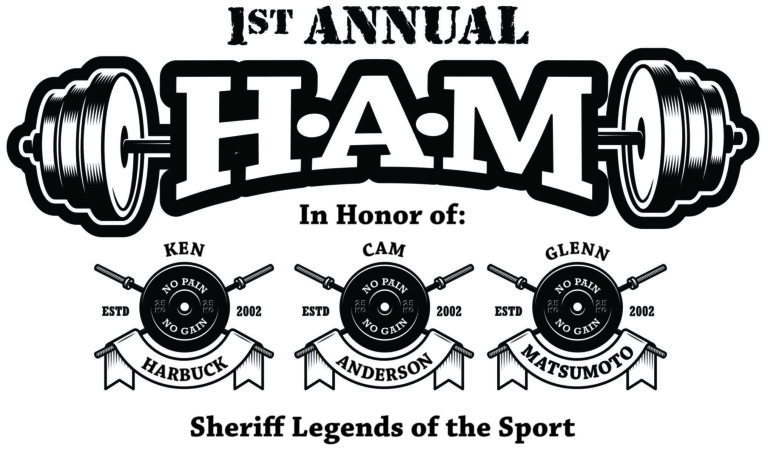Trouble Squatting low? Do squats hurt your back and knees? Do you try your best to squat with perfect form but still seem to lean forward onto your toes? Do you believe the lie that your body type is just not built for squatting? Do you hate doing squats because they’re difficult to perform? Do you feel like the leg press machine induces more muscle soreness than squats? Are you tired of me asking questions? Well folks, if you answered Yes to any of these questions, please read on.
If you know a thing or two about training legs, you know that you should train the quads, hamstrings, glutes, adductors, and calves, but what about the ankles? Say what? Train my Ankles? I’m not suggesting adding an “Ankle” day to your routine. However, I am suggesting that you add in some ankle stretches and mobility movements to your warm ups.
Imagine in your head that you are preparing for a 405 pound squat. You have the bar securely on your back, you unrack the weight, take a couple of steps back, inhale as you prepare for the descent. You start your descent into the squat when suddenly you feel the weight shift onto your toes. You’re fighting to keep your balance when suddenly, BAM! The weight crumbles you like a cookie. You are now laying on the floor looking up at the ceiling hoping nobody saw you embarrass yourself. What the hell went wrong? Let’s take a couple of steps back and study this image. You have just unracked the weight and you’re preparing for the descent. Take note of all the weight on your back; eight 45 pound plates and a 45 pound bar. Now start to visualize your enormous upper body and your 21 inch pythons. Let your attention wander down to your fat power gut. Now direct your attention even further down to your powerful tree trunk legs. Now lastly and most importantly, visualize your tiny little feet holding up all of that weight. The concentric portion of the squat (going up) starts with you applying force into the ground with your feet. That energy travels through your feet and ankles, up your legs, through your hips, up your midsection, up your spine, and finally into the bar to move that weight. I am trying to emphasize the fact that THE SQUAT STARTS AT THE FEET AND ANKLES. If there is any weakness, tightness, or immobility in your ankles, you are setting yourself up for an ugly and painful squat.
Many people don’t realize that they have tight ankles and they wonder where the tightness comes from. Years of taping your ankles for sports, wearing high-top shoes, cleats, basketball shoes, ankle braces, wearing stupid Marine Corps boots, being overweight, pronation or supination of the foot (rolling in or out when your foot strikes the ground) can all contribute to dysfunctional ankles.
Do you tend to lean forward onto your toes? The inability to decrease the angle between your foot and shin will cause you to lean forward onto your toes.
Good ankle mobility
The left image shows the angle of the foot and shin while standing. The right image shows the angle of the foot and shin while in a deep squat position. The angle is significantly decreased.
Poor ankle mobility. The image on the right demonstrates the inability to bend at the ankle. This will cause you to lean forward onto your toes.
If you have tight ankles and you squat down while keeping your heels glued to the ground you are going to fall backwards.
The image on the right shows that even though the squatter’s position changed, the angle of the ankle did not.
So how do I fix the problem?
Here are 4 drills that you can add to your warm ups.
Aggressively roll out your plantar fascia (the bottom of the foot) with a foot roller, a lacrosse ball, or a golf ball. Pain is a good indicator that you need to do this more often. 1 minute per foot.
Roll out your calf muscles and your Achilles. 15-20 passes up and down.
Step a couple of inches away from a wall and push your knee to the wall while keeping your heel glued to the ground. It is imperative that your heel stays down. If you can’t keep your heel down simply move closer to the wall. For a more intense stretch, move further away from the wall. For an even more intense stretch, place a book underneath the ball of your foot. Hold stretch for 45 seconds per foot.
Place a loaded barbell on the top of your knees and squat all the way down while maintaining an upright posture. KEEP YOUR HEELS GLUED TO THE GROUND! Hold this position for 1 minute.
-courtesy of Cal Strength.
Should I still squat with tight ankles?
You can and should do these exercises everyday. You may need to do these stretches every time before squatting, deadliftng, or doing any olympic movements. Olympic athletes who have been squatting since they were 6 years old still do these movements before they train. While you are working on your ankle mobility, I would highly suggest buying some squat shoes/Olympic weightlifting shoes.
As you can see, the Olympic weightlifting shoes on the right put you at an advantage by opening up the angle of the foot and the shin to greater than 90 degrees.
Looking at the image on the bottom, even in the bottom of the squat position, the Olympic weightlifting shoe allows the angle of the foot and shin to be in a 90 degree position. Also, take note of the yellow lines in each of the images.The yellow line on the top image shows the position of the knee being significantly over the toes when wearing flat shoes. While the image on the bottom shows that Olympic weightlifting shoes allow the knee to be almost evenly flush with the toe.
These shoes have a raised heel which allows you to squat all the way down without having to drastically decrease the angle of your shin and foot. I would not suggest squatting in running shoes with a raise heel. The purpose of running shoes/crosstrainers is to absorb impact. I would equate squatting in running shoes to squatting with pillows under your feet.
Hope that helps. Take care of your ankles and feet, squat deep, get stronger, and be awesome!
-Train Untamed















